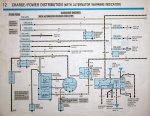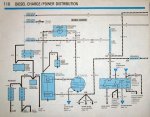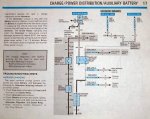Bloodwulf
New member
- Joined
- Feb 18, 2013
- Messages
- 20
- Reaction score
- 0
My alternator is shot. Like grinds when you spin it shot. So Im looking at a new one. What I have in mind is running 2 batteries, probably optimas. The reason for that is so Ill have plenty of juice for the winch. I wont have too many other electrical addons aside from a pair of KC lights in the front and maybe a couple small lights in the back. I have given some consideration to 5 KC lights mounted across the hard top with a connector so I could still take the top off easily, but im undecided on that as of yet. Im thinkin the standard 100A alternator would be hard pressed to keep up with 2 batteries. But would a 140A do the trick or would I need a 200A?



